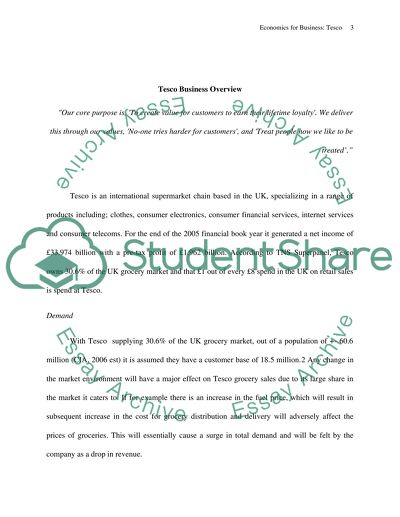Cite this document
(Tesco Business Strategy Report Example | Topics and Well Written Essays - 1750 words, n.d.)
Tesco Business Strategy Report Example | Topics and Well Written Essays - 1750 words. https://studentshare.org/macro-microeconomics/1533170-economics-for-business-tesco
Tesco Business Strategy Report Example | Topics and Well Written Essays - 1750 words. https://studentshare.org/macro-microeconomics/1533170-economics-for-business-tesco
(Tesco Business Strategy Report Example | Topics and Well Written Essays - 1750 Words)
Tesco Business Strategy Report Example | Topics and Well Written Essays - 1750 Words. https://studentshare.org/macro-microeconomics/1533170-economics-for-business-tesco.
Tesco Business Strategy Report Example | Topics and Well Written Essays - 1750 Words. https://studentshare.org/macro-microeconomics/1533170-economics-for-business-tesco.
“Tesco Business Strategy Report Example | Topics and Well Written Essays - 1750 Words”. https://studentshare.org/macro-microeconomics/1533170-economics-for-business-tesco.


